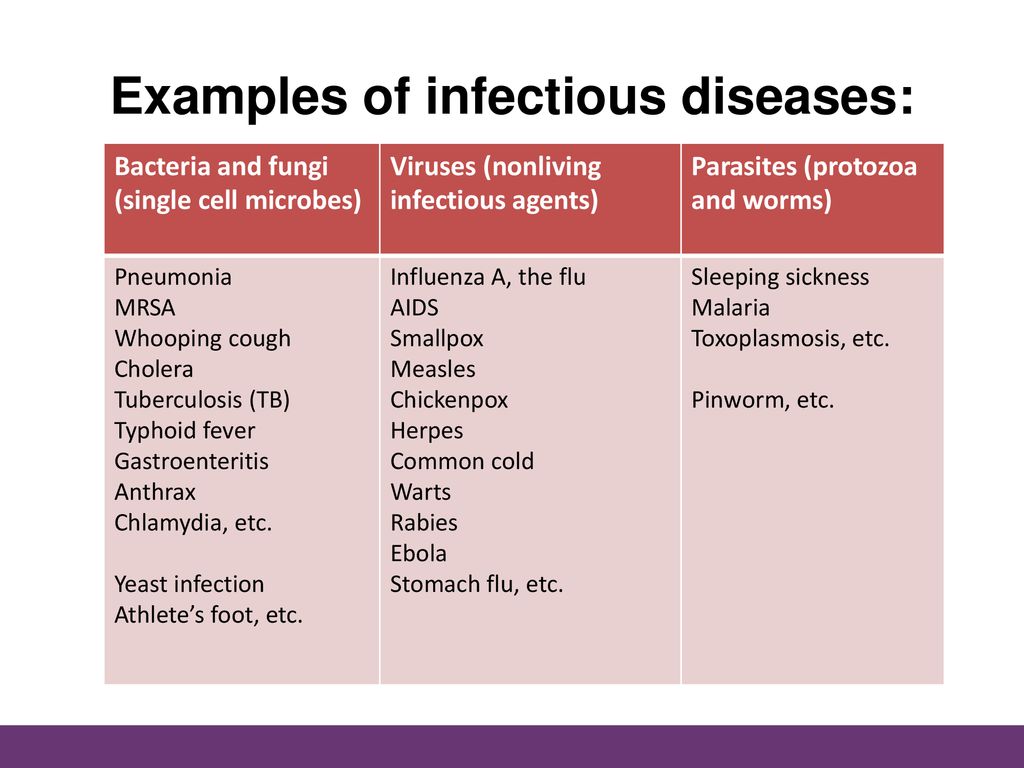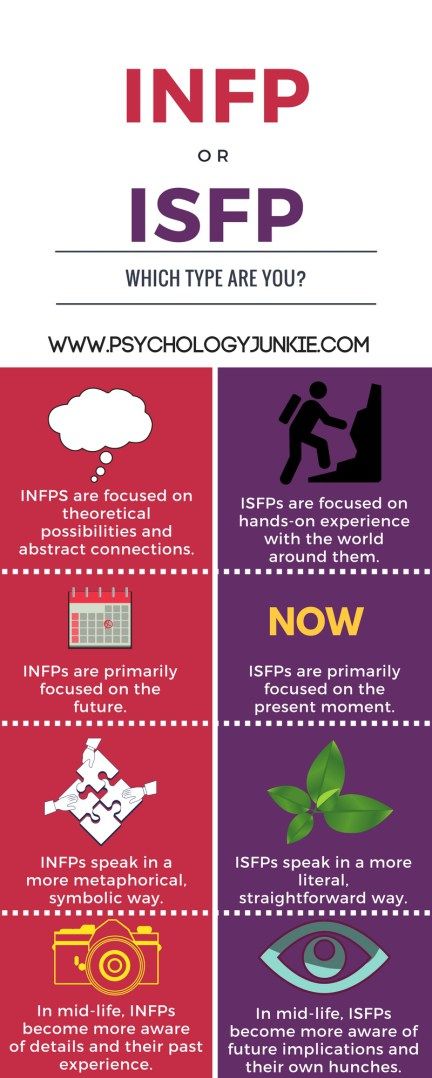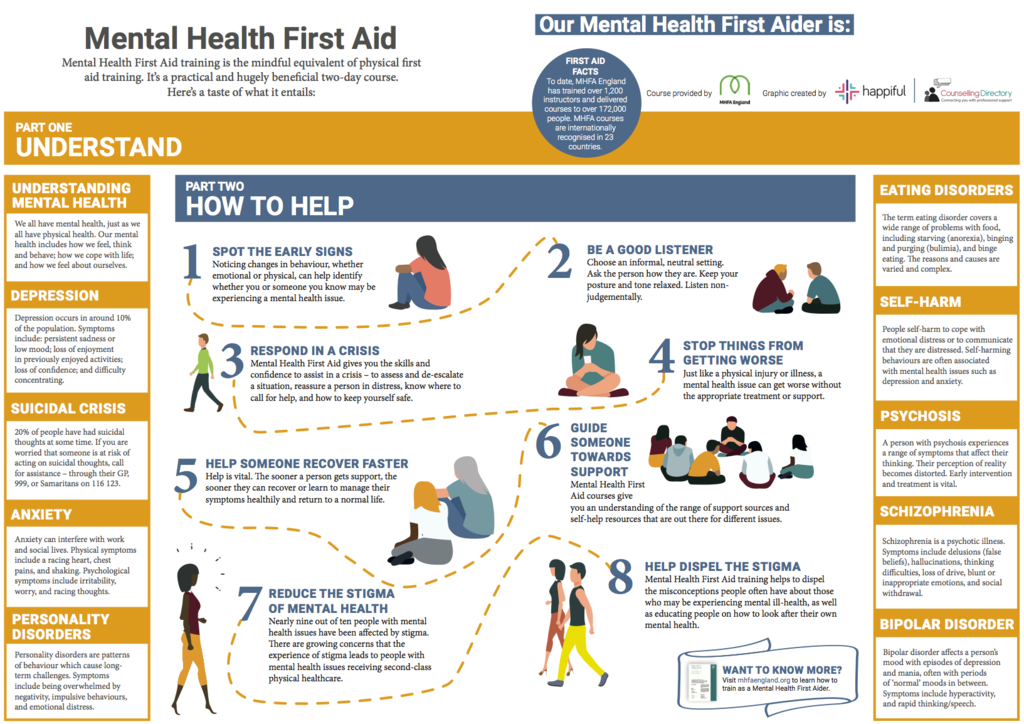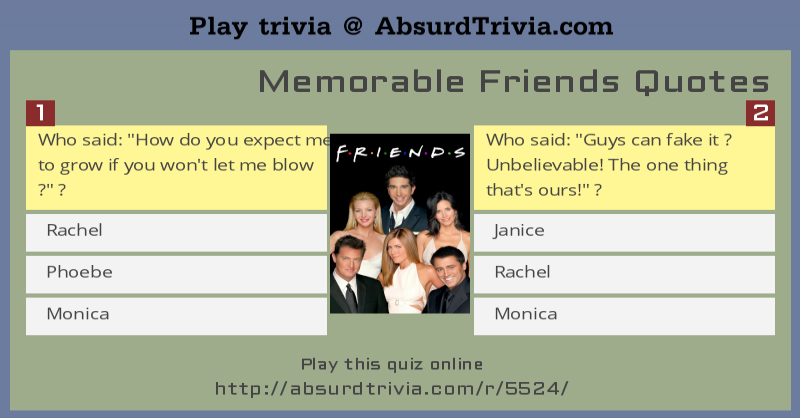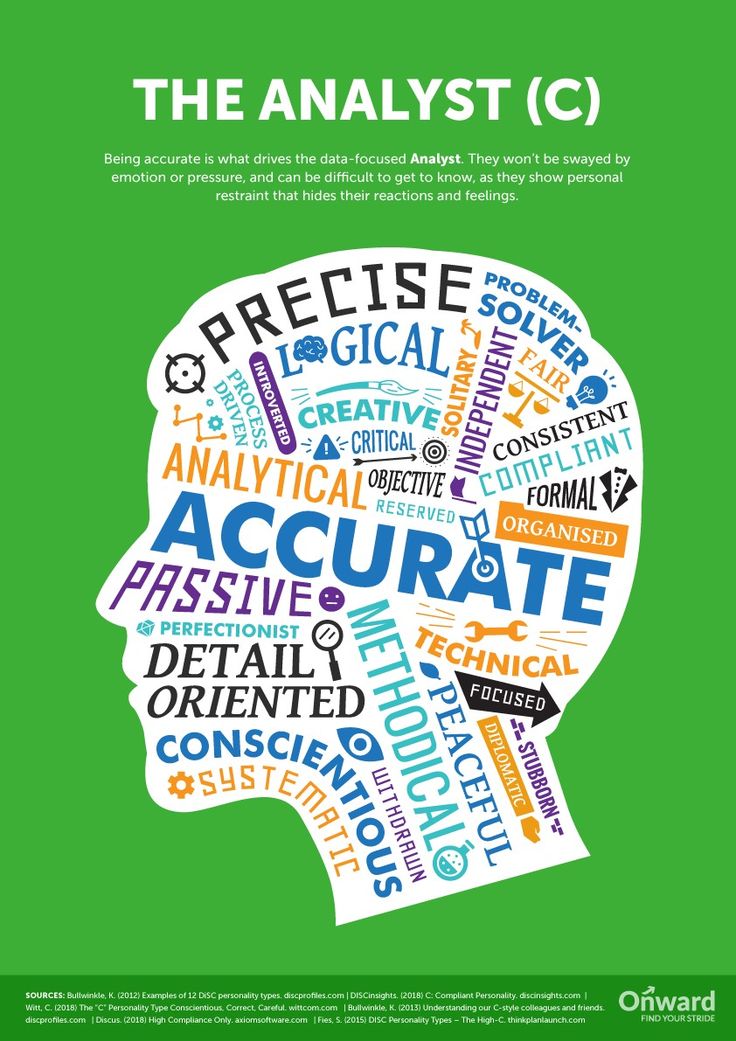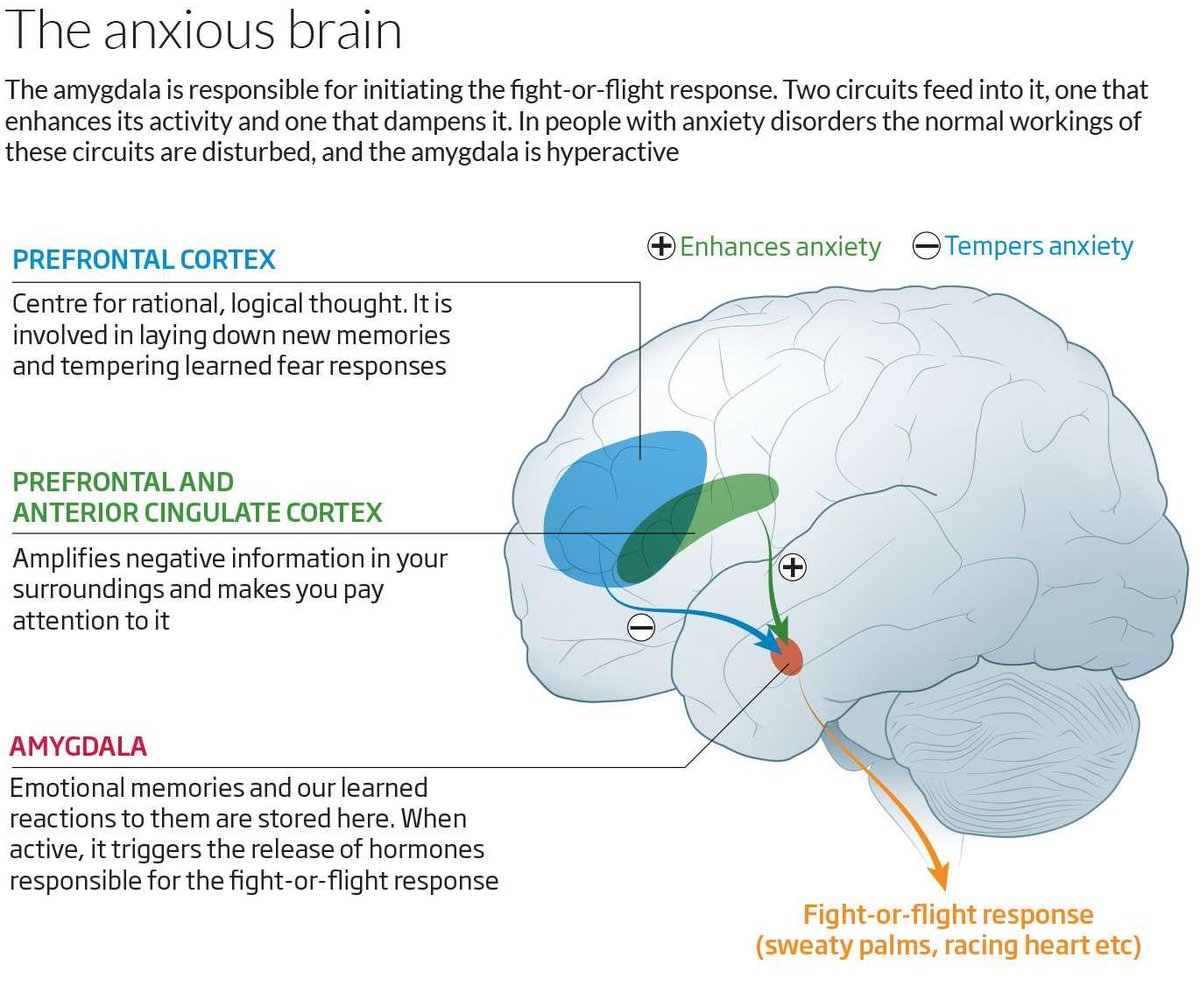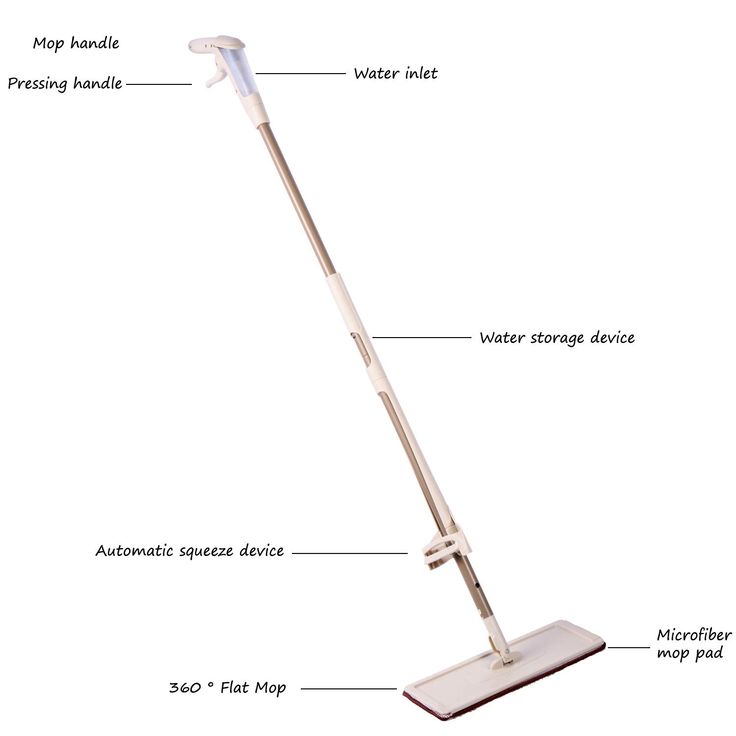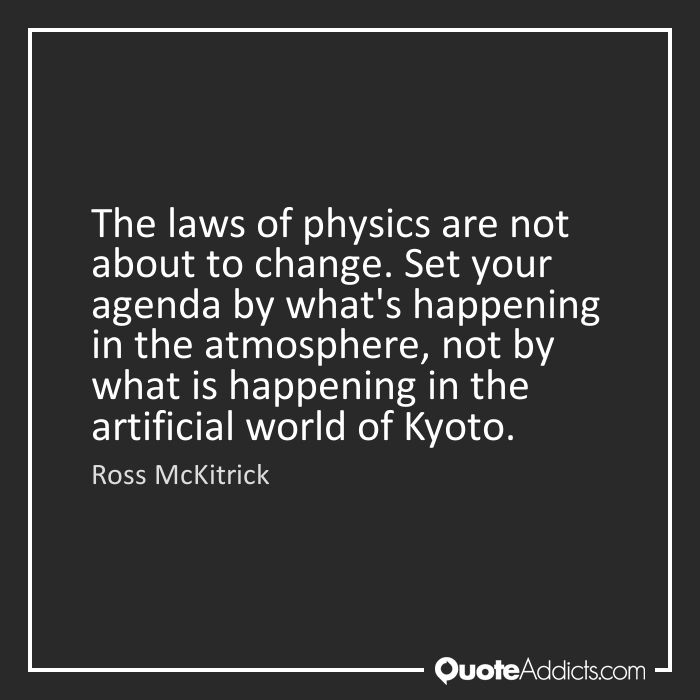Somatic energy healing
Energy Healing Therapy to heal Mental Illness – Vantage Point
SOMATIC EXPERIENCING
In 1997, Peter Levine wrote and published a book called Waking the Tiger: Healing Trauma. Within the book, Levine displayed the human mind as that of a unique animal, and presented the theory and therapy of somatic experiencing as a form of trauma therapy.
Somatic experiencing may sound incredibly fancy, but the definition itself is very simple. The idea is that the human mind is innately capable of healing itself when under duress, just like how the human body deploys antibodies to combat a foreign invasion and infection, and recruits its own cellular prowess to speed up wound healing.
However, in cases of trauma, our mind is simply overloaded – this natural self-regulation by way of our autonomic nervous system is compromised, and our ability to function on a daily basis is plagued by inner reminders of that painful experience or memory. But through somatic experiencing therapy, we can retrain ourselves to deal with trauma, and the unresolved threat we experienced.
How It Works
In his book, Waking the Tiger: Healing Trauma, Levine describes how animals discharge energy after they’ve experienced life-threatening danger. Under threat, they mobilize large amounts of energy to have available for fleeing or fighting a dangerous situation. This is exactly the way human function, as well – our adrenal gland secretes adrenaline to be used in a fight-or-flight moment, keeping us out of harm’s way or eliminating the danger ahead. However, once safe, animals discharge this energy and restore their autonomic nervous system to equilibrium. Levine’s basic premise is that, in moments of extreme stress – trauma – our nervous system doesn’t recover from the fight-or-flight shock, and we’re stuck in a loop where any reference to that event will trigger the same instant reaction despite the absence of actual danger.
In other words, instead of becoming a memory, we continue to live on within our trauma, experiencing that same panic over and over again.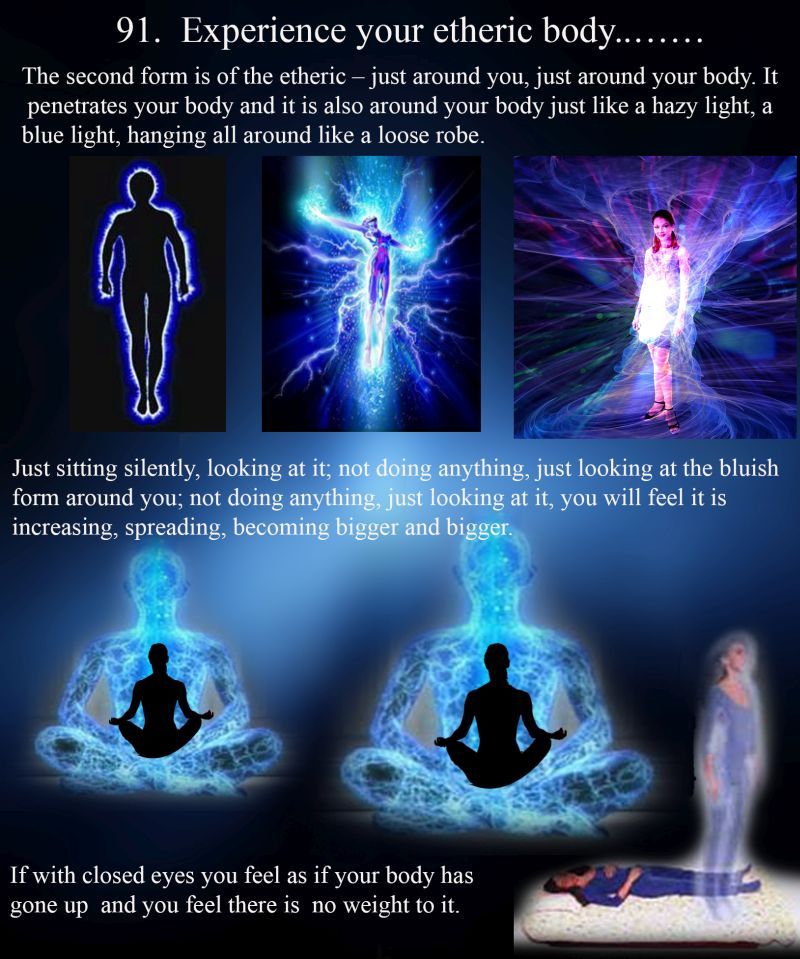 Somatic experiencing was designed to combat that, and overcome the fight or flight, or freeze (deer in the headlights) response. If a person is stuck in the fight response, he or she may have experiences of anxiety, panic, hyperactivity, emotional flooding, chronic pain, or hyper-vigilance. If a person is stuck in the freeze response, a person might experience depression, lethargy, exhaustion, low blood pressure, disorientation, or dissociation. Somatic Experiencing aims to guide a person out of these states by helping them release the energy of stored trauma in the body – by quite simply helping them ease out and relax out of their agitated states while experiencing the trauma in their minds.
Somatic experiencing was designed to combat that, and overcome the fight or flight, or freeze (deer in the headlights) response. If a person is stuck in the fight response, he or she may have experiences of anxiety, panic, hyperactivity, emotional flooding, chronic pain, or hyper-vigilance. If a person is stuck in the freeze response, a person might experience depression, lethargy, exhaustion, low blood pressure, disorientation, or dissociation. Somatic Experiencing aims to guide a person out of these states by helping them release the energy of stored trauma in the body – by quite simply helping them ease out and relax out of their agitated states while experiencing the trauma in their minds.
A Somatic Experiencing session is done face to face with a client and a trained clinician. Here at Vantage Point, we have professionals who are specifically trained in somatic experiencing, which due to its delicate nature and the volatility of the minds it has to deal with requires many hours of training as well as experiencing the healing effects of somatic experiencing, by being a client for up to 24 clinical hours. That’s right – in order to actual practice SE as a form of therapy, a professional has to undergo a session.
That’s right – in order to actual practice SE as a form of therapy, a professional has to undergo a session.
The process of a session is very simple. The session starts with the introduction of a traumatic trigger. Nothing major or overwhelming, but enough to illicit a subconscious physical reaction. From there, a professional will help ease you through your emotions and reactions to help you self-regulate and move on past your trauma, upping the ante on the triggering material until you eventually have overcome your therapy.
Origins of Somatic Experiencing
Dr. Peter A. Levine conducted many studies of stress physiology, psychology, ethology (the study of animal behavior), biology, neuroscience, indigenous healing practices, and medical biophysics before developing the practice of somatic experiencing. Somatic experiencing releases traumatic shock, which is required to transform post traumatic stress disorder (PTSD), early emotional wounds, and trauma related to early developmental attachment.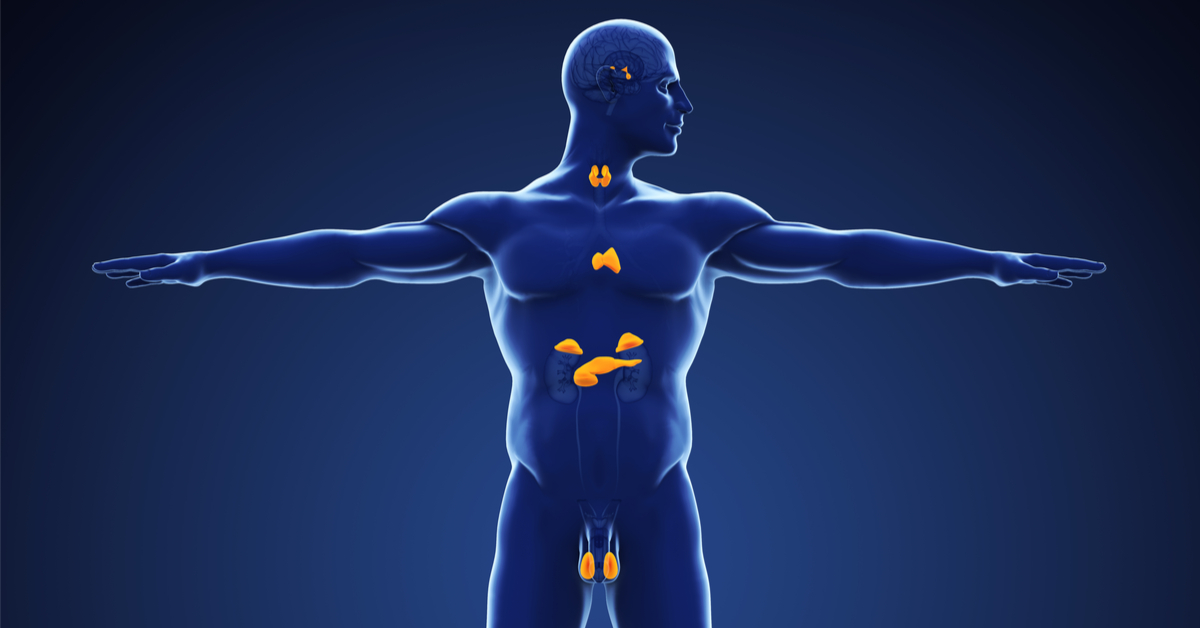 Somatic experiencing is a versatile therapy tool, and requires a flexible practitioner to adapt to how a patient reacts to their trauma.
Somatic experiencing is a versatile therapy tool, and requires a flexible practitioner to adapt to how a patient reacts to their trauma.
If you or someone you know is experiencing the results of trauma or the symptoms of a post-traumatic stress disorder, it’s likely that somatic experiencing can help. Contact us today for more information on the specifics.
ENERGY HEALING – PRANIC & REIKI
Energy healing is a form of alternative healing, commonly being used by more and more health and wellness professionals. It doesn’t involve any flashing lights, glowing chakras or fantastical hand movements – energy healing is a non-fictional real-life therapeutic treatment that works with a person’s energy field.
Here at Vantage Point, we find that finding pride in using only what some people deem scientifically-sound is foolish. We apply all techniques that display a certain level of efficacy, because we believe that we should have the ability to offer any therapeutic tool on the planet, no matter how implausible it may seem to a select few.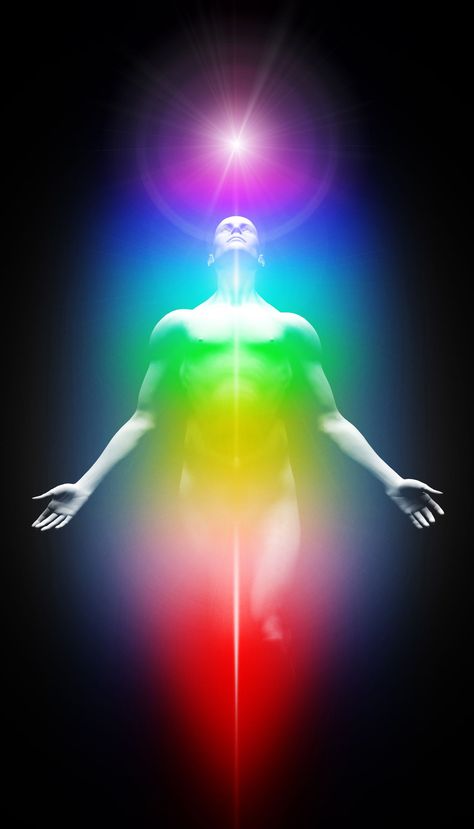 And in the case of energy healing, there is a case for the existence and manipulation of the energy present in our bodies. Just like how our blood and breath flows through us, electrical impulses ultimately dictate the state of our nervous system’s health. While we’re not there scientifically to understanding why energy healing works for some people, there have been enough cases for us to feel that it is our duty to bring the alternative to the table – and explain the theory behind its effectiveness.
And in the case of energy healing, there is a case for the existence and manipulation of the energy present in our bodies. Just like how our blood and breath flows through us, electrical impulses ultimately dictate the state of our nervous system’s health. While we’re not there scientifically to understanding why energy healing works for some people, there have been enough cases for us to feel that it is our duty to bring the alternative to the table – and explain the theory behind its effectiveness.
The actual practice itself is basic. During energy healing, the therapist or healing professional uses a variety of methods to channel healing energy into a person’s energy field. He or she might also direct unhealthy or dysfunctional energy out of a person’s energy field. Energy healing can be done through various means, using a hands-on approach, hands-off, or distant (where the healing professional and the client are in different locations), with effectiveness being compromised between the three. Depending on the setting, Energy healing may also be called energy therapy, spiritual healing, and energy medicine. The two forms we feature here at Vantage Point, are the Oriental practices of Pranic healing and Reiki.
Depending on the setting, Energy healing may also be called energy therapy, spiritual healing, and energy medicine. The two forms we feature here at Vantage Point, are the Oriental practices of Pranic healing and Reiki.
There are two types of Energy Healing:
Pranic Healing
Pranic Healing uses the life force energy of the body to heal, balance, and harmonize the body’s life energy. This system was developed by Choa Kok Sui, and originates from the Hindu philosophy of Prana – the energy permeating all of existence. Choa Kok Sui believed that the invisible bio-energy or vital energy of the body and mind can be used to keep a person in good health – and that that energy was the same found all around us. He theorized that the body possesses a simple, Pranic self-healing process and that the body’s healing process is accelerated by increasing its levels of Prana. While the word utilizes the Hindu meaning, it’s the same universal energy talked about throughout other Asian cultures, including East Asia and its Chi, Ki and Qui.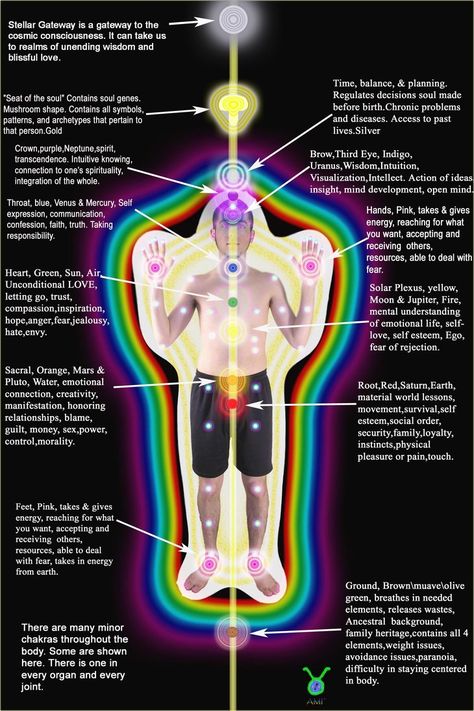
Pranic healing is performed by a trained professional who directs Prana in, throughout, and around a person without touching them. The reasoning for a hands-off approach is that physical contact is not required because Prana is readily available everywhere. Choa Kok Sui was known for saying, “Prana is all around us. It is pervasive; we are actually in an ocean of life energy. Based upon this principle, a healer can draw in Pranic energy from the surroundings.” Although it’s energy-based, the idea behind Pranic healing is that a practitioner increases the client’s ability to heal themselves, regardless of whether their ailment is physical or mental. Essentially, the physical body experiences sickness only after energetic disruptions are not healed – otherwise, our energy creates a natural shield from symptoms of sickness. Therefore, Pranic healing goes to the source of ailments and works with the energetic cause of one’s sickness or discomfort.
Reiki
Reiki healing is a Japanese concept, and was first developed by Mikao Usui.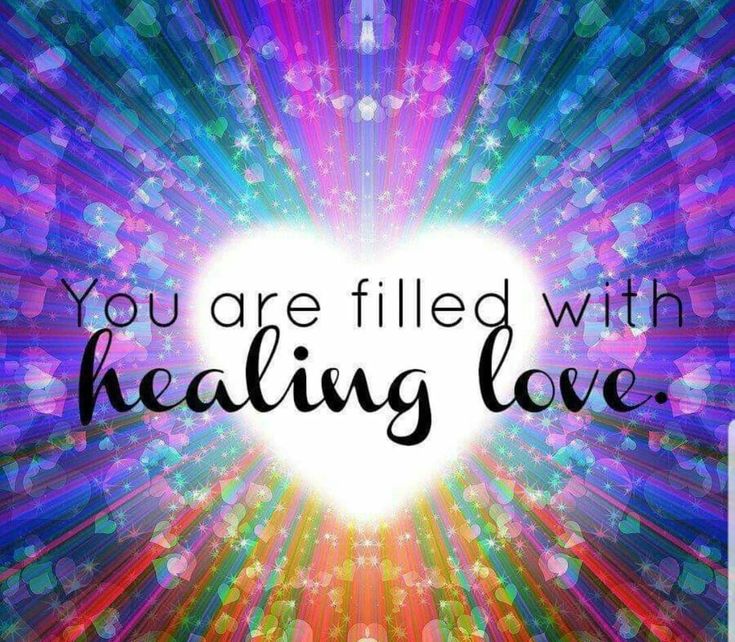 Unlike Pranic energy, Usui’s concept of Reiki requires physical contact to transfer and manipulate a person’s energies. Through Reiki, energy can be redirected and irregular flows can be corrected to relieve stress and unwanted mental and physical tension.
Unlike Pranic energy, Usui’s concept of Reiki requires physical contact to transfer and manipulate a person’s energies. Through Reiki, energy can be redirected and irregular flows can be corrected to relieve stress and unwanted mental and physical tension.
According to Reiki practitioners, the energy flowing through a person is precisely what keeps them alive. When a person’s life force is low, he or she might feel sick or stressed. When a person’s life force is high, he or she might feel happy and healthy. A practitioner of Reiki attempts to direct healing life force energy into a person so that his or her health can be restored. It’s simple in theory, and relatively simple in practice – anyone willing to learn can teach themselves to apply Reiki techniques.
A person can learn certain hand positions to perform Reiki on themselves, or a practitioner can learn hand positions to use to treat others. Reiki is simple, safe, and natural, due to its basic non-invasive nature – and as a result, there are no dangers that a person might become ill from it.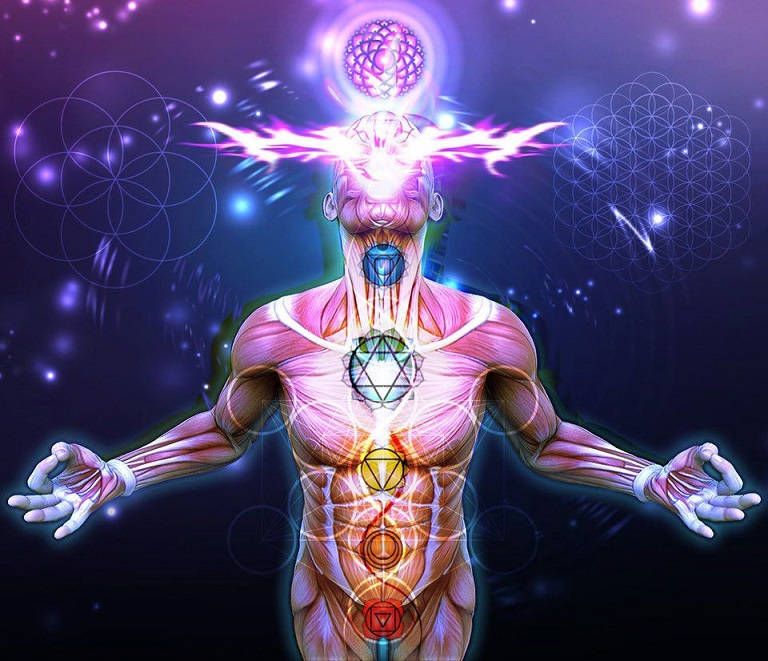 However, Reiki should be used in conjunction with other medical and therapeutic techniques to relieve pain, side effects, and promote well-being – as an insurance, that everything is done to help.
However, Reiki should be used in conjunction with other medical and therapeutic techniques to relieve pain, side effects, and promote well-being – as an insurance, that everything is done to help.
If you or someone you know has a physical or emotional concern, perhaps energy healing is the way to go. We won’t tell you to solely rely on it, or even try it all if you’re skeptical. However, there’s the chance that it could help you like it helped many others. Please consult with a psychiatric professional for other treatment options to apply in conjunction to energy healing.
HEAL OTHERS - The Somatic Therapy Center HEAL OTHERS
What is Somatic Therapy?
Somatic Therapy uses the body as its starting point for healing. The word “somatic” is derived from the Greek word “soma” which means “living body.” It is a holistic form of counseling that goes beyond traditional talk therapy and is grounded in the relationship between the mind and the body. Learn more about somatic healing and the history of Somatic Therapy here.
Somatic Therapy Training
For over 30 years, Somatic Therapy Master Teachers Joe Weldon and Noël Wight have been training practitioners on how to touch people and transform their lives. At The Somatic Therapy Center, along with an experienced faculty, they offer an advanced body mind training that goes beyond traditional talk therapy and that has passed the test of time. Somatic Therapy is a clinically tested method for treating trauma.
Using all available technologies, the Somatic Therapy program combines the ease of learning from home through webinars and video with the invaluable experience of hands-on practical training in a community of fellow travelers.
Whether you want to use the skills you acquire to start your own Somatic Therapy practice, or to enhance the work you are already doing, the Somatic Therapy Center offers you an opportunity to take the next step in your career.
Could I be a Practitioner?
Transformative Touch Training provides you an opportunity to offer your clients a pathway to Relief, Recovery, and Renewal through somatic healing.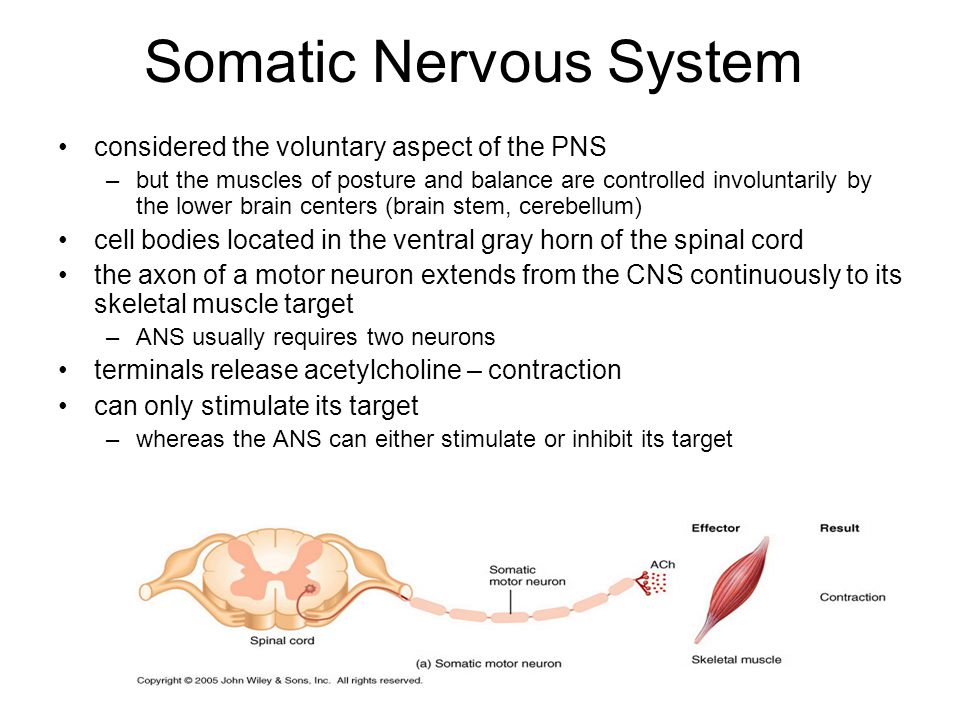
Whether you are…
- seeking a new career and being called to your life’s work through the healing arts
- a talk therapist who is ready to discover how a body-integrated approach can help you move your clients to healing and wholeness
- a bodyworker interested in somatic massage therapy who is looking to increase professional development by learning how emotions, memories, and beliefs are stored in the body
Transformative Touch is more than talk therapy, it is a mindbody technique that teaches you to use the power of combining gentle touch and compassionate dialogue to awaken the inner resources that bring relief and ease to your clients’ lives.
TESTIMONIALS
“As a massage therapist I was feeling frustrated..I felt my clients needed something more and I was looking for the missing piece that could help them.”
~ JC, Massage Therapist
“I knew that my decision to say yes to this training was the first step of many in coming home to myself.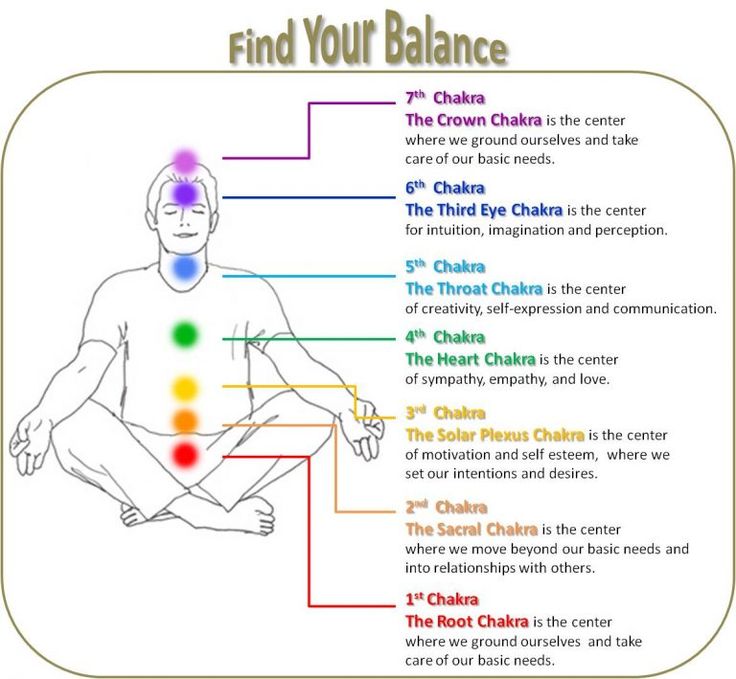 ”
”
~ JM, Massage Therapist
“The training expanded my skills as a healing practitioner, as well as transformed my healing practice and my life.”
~ AM, Energy Practitioner
“When I found this training I found an approach which integrated touch , presence & awareness to support wholeness.”
~ C H, Physical Therapist
“The focus on the wisdom of the body offered me a simple and fundamental paradigm shift. …(i am) able to utilize my client’s experiences to assist them in employing their body as a resource in their own healing and recovery.”
~J G, Social Worker
“I wanted to help others experience the body as a resource to deal with the stress & challenges in life.”
~ AW, Psychotherapist
“Something came alive in me during the training; something that had long been neglected and ignored.I felt I had found my true work.”
~ CB Marketing Director
“Making this career change has been food for my soul.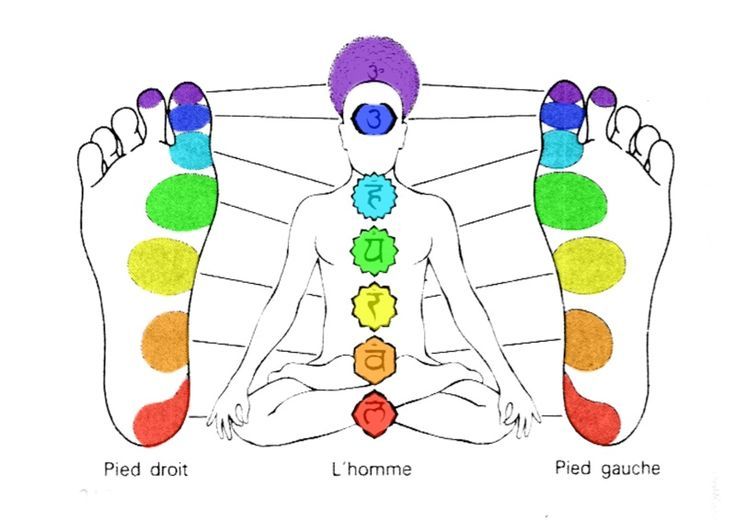 ”
”
~ BG, Corporate Manager
Somatic Healing: Touching People, Transforming Lives
At The Somatic Therapy Center we hold the conviction that the BODY is the Keeper of Truth..the Holder of Wisdom and the Wayshower to Wholeness and Health.
TOUCH is the Gateway.
YOU are the Guide.
TRANSFORMATION is the journey.
With this somatic therapy training, you can use the skills you acquire to start your own practice or to enhance work you are already doing. Read a case study here.
Level One Overview
Level One is our “essential” training level for in it we focus on the “essence” of Transformative Touch and it forms the ground for all that follows. The overarching goal is learning how the body is a reliable resource, ally and guide for your life and how to tune into the sensations of the body as the communicators of its knowings.
Level Two Overview
In Level Two our focus is on the body of emotions. Resourcing the Body, you will guide your clients along the path of emotional competence.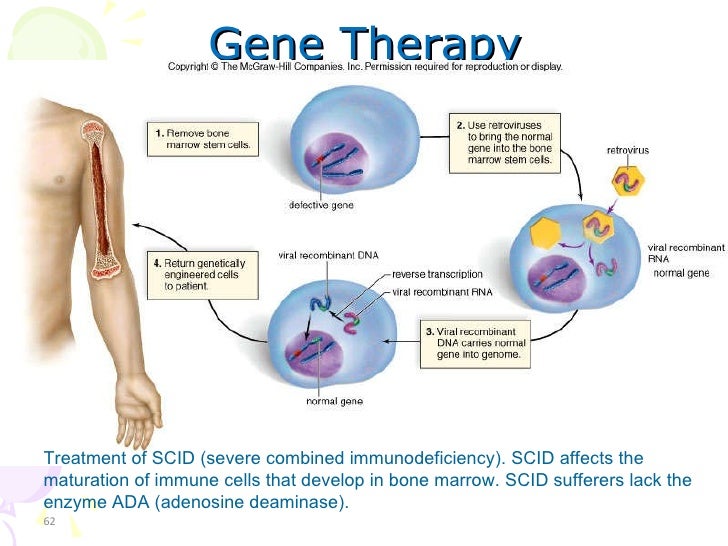 You will help them befriend their emotions and recognize that emotions are a full-body experience
You will help them befriend their emotions and recognize that emotions are a full-body experience
Level Three Overview
In Level Three the body remains the resource, but the but the focus expands to include an exploration of the relationships, both internal and external.You will recognize and help repair core beliefs, family of origin dynamics, and other relational injuries that are imprinted on the soma and the psyche.
Level 1 Details and Costs
With our foundational Level One course in Somatic Therapy, you will be given all the essential skills necessary to help your clients heal holistically – heart, mind, body, and soul.
Over the course of 8 months, you will learn:
- The important role of Safety in the healing process
- The physiological basis of safety and how to help clients self-regulate.
- How to help clients tune into the wisdom of their body.
- How to support clients in listening to the sensations of their body and tap their body of knowledge.
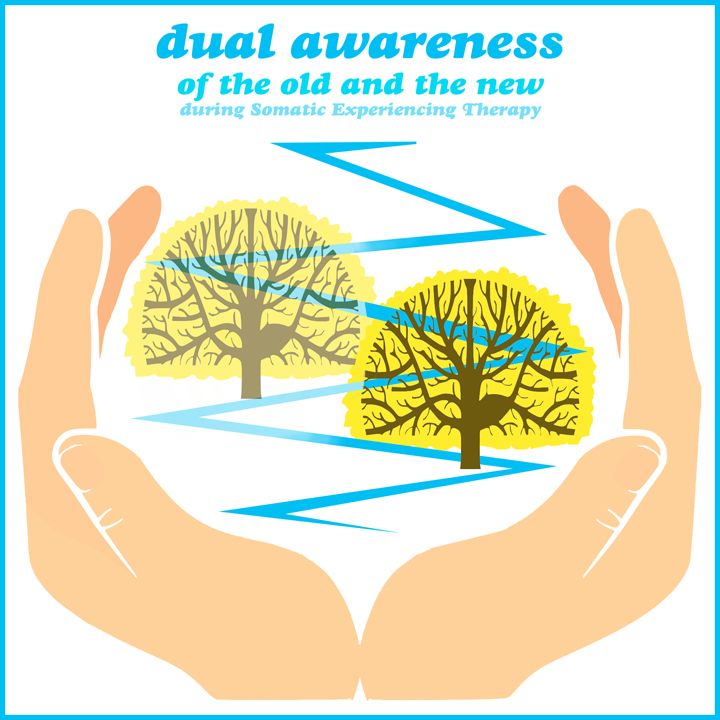
- The importance of intention in touch.
- To develop a Touch of Presence.
- The role of touch in human development throughout our lifespan.
- The art of self-care in working with clients
- The essential elements of the collaborative therapeutic relationship.
- The importance and value of bodymind connection and how to impart this to your clients so that they can relieve chronic tension and stress, free themselves from pain, improve self-awareness, transform old patterns and make new choices which allow them to be fully alive to their life.
Convenient Affordable and Effective
The good news is that most of the somatic therapy training can be done from the comfort of your own home. You will have:
- 15 webinars and home assignments which support two 6 day and one 3-day onsites. During the onsites you will learn the hands on combined with the verbal dialogue.
- Practice client hours with 5 one-to-one mentoring sessions with our experienced faculty members.
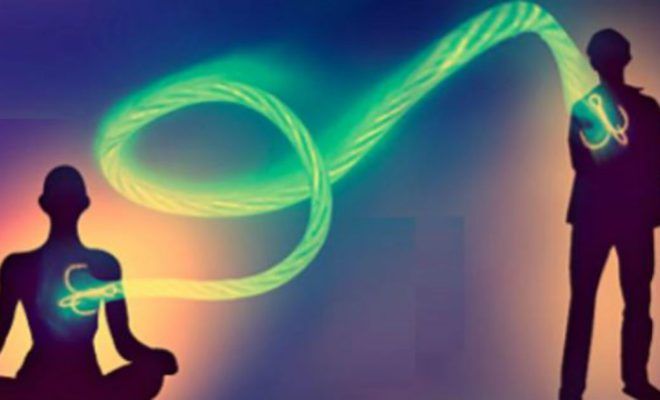
- It is experiential training with lots of individualized attention and care.
- Community is at the heart of the program.
Click here to view our upcoming dates.
Curriculum and Materials
Enrollment in this 250 hour somatic therapy training course includes:
- Instructional videos of the 2 bodymind sequences which will help you learn how to LISTEN to your body through movement and to heighten awareness of the bodymind connection.
- Demonstration videos by the founders Joe Weldon & Noël Wight.
- 17 webinars – These introduce the foundational principles of Transformative Touch, Safety and the role of the polyvagal nerve, the relevance of tone and attuned responses of the therapist, the importance of touch in human development and its part in the healing process. Additional topics include relational skills, bodymind education, ethics as well as business development including marketing and practice-building techniques.
 These webinars are LIVE and they are all recorded and available .
These webinars are LIVE and they are all recorded and available . - Web Access to relevant course articles
- Two 6 day on-site and one 3 day on-site for hands-on learning experiences with an outstanding faculty as well as Co-directors Joe Weldon & Noël Wight
- 25 practice client sessions
- 5 individual mentoring sessions
- 1 curriculum guide
- 7 body wisdom guided meditations
- clinical forms templates
- 27 Massage & Bodyworker CE credits for somatic massage therapy
REGISTER NOW
The Somatic Therapy Center is approved by the National Certification Board for Therapeutic Massage & Bodywork (NCBTMB) as a continuing education Approved Provider and is also sponsored by NCBTMB to teach New York LMTs continuing education that is accepted by the state of New York for license renewal.
A value of $6995
Offered to you for
$4400.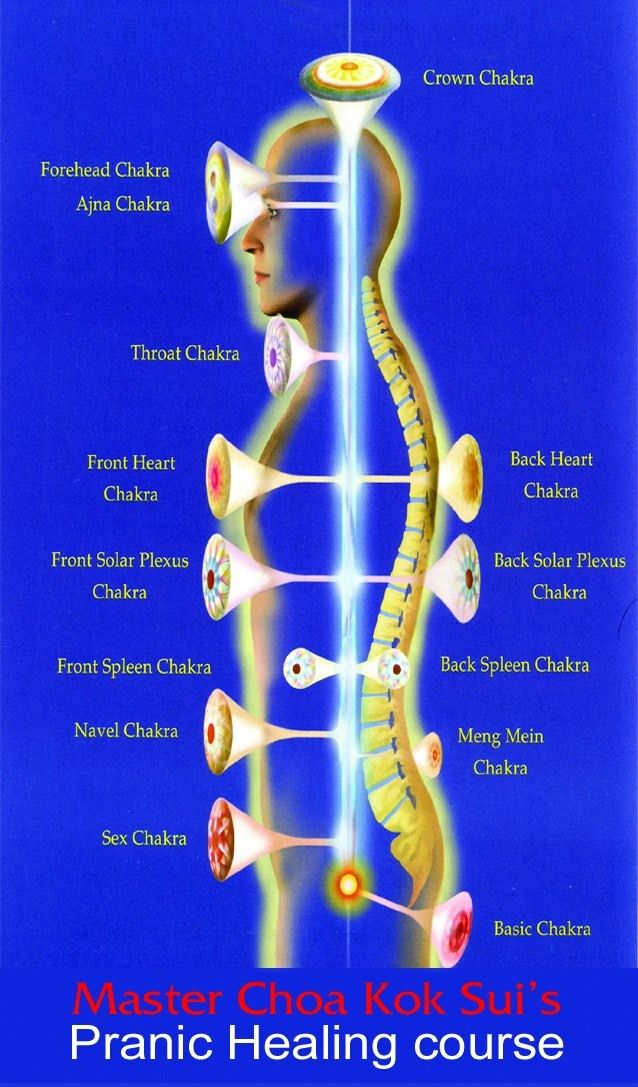 00
00
(Installment plans are available!). $ 1497.00 x 3
$ 793.00 x 6
For further information on other plans, reach out at [email protected]
(Travel, room & board fee, and private sessions are not included in the cost of tuition)
100% Money back guarantee within the first 30 days of the program if you are not totally satisfied. No questions asked
Not Ready? Click here to sign up to for our ‘BE IN TOUCH” newsletter for periodic updates
Questions? Ask us any question about the Somatic Therapist Training Program and we’ll help you get clear so you know if it’s the right fit for you.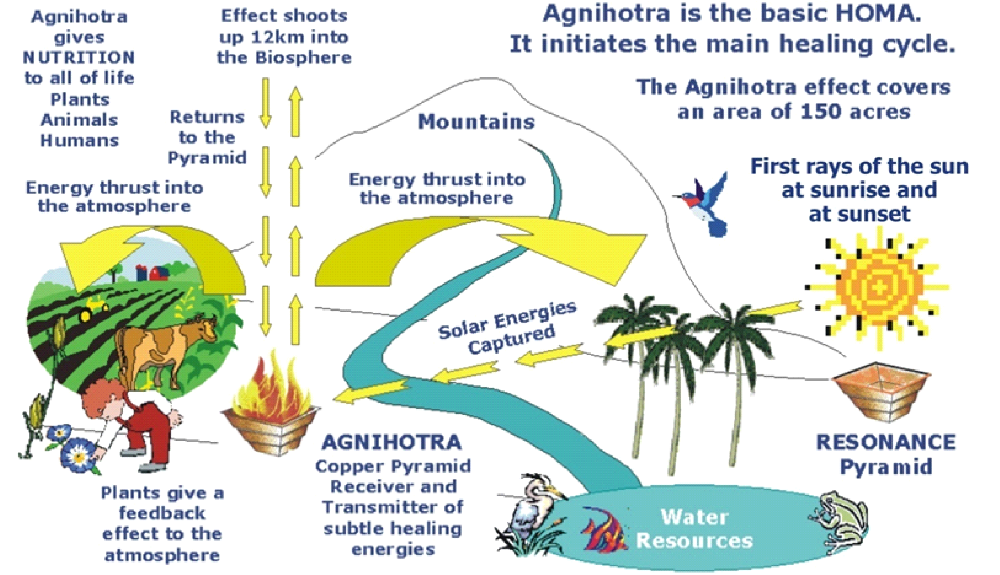
Interested in learning more about somatic massage therapy? Reach out to us at [email protected] to learn more about our programs.
REGISTER NOW
Certification
The certification process has several steps:
- Complete the application and pay the $250 certification fee.
- Complete an online written test covering the understanding of the principles of Somatic Therapy and its application through Transformative Touch.
- Send a video of a 50-55 minute session which demonstrates the skill competency of the level for which you are seeking certification.
Do you need a degree in Somatic Therapy to become a Somatic Therapist?
No, you don’t. Certification involves study, research, hours, and practice. Some schools do offer programs in Somatic Therapy, including Antioch University and Washington University. These certifications are part of a larger study of psychotherapy not required for practitioners.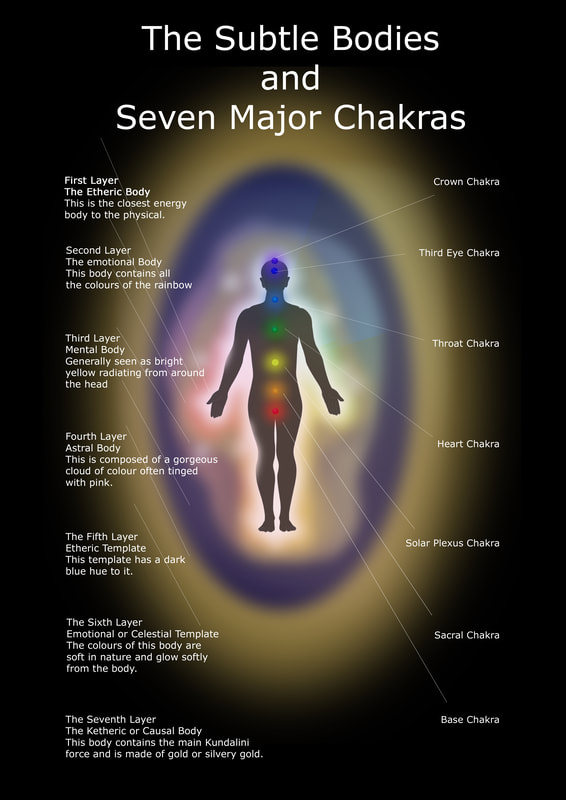
Faculty Profiles
Resources
Recommended articles, books, and films for somatic healing practitioners can be found here.
Stay up to date with industry news here and here.
What is somatic therapy and what are its features
Trauma leaves a strong imprint, both on our personal life and on the whole human segregation in general. Of course, the reality of trauma is constantly being redefined in various social approaches, politics, education, health care and mental health. But what is surprising is that when they talk about it, they always seem to miss the most important component of psychic trauma. It is pain, mental pain, and often physical pain.
When we write books, formulate approaches, give lectures, we fill our concepts with words all the time and thus distance ourselves from immediate givenness, from reality. We constantly think in words, speak in words, create abstract ideas that fit into some kind of linguistic constructions that fit information.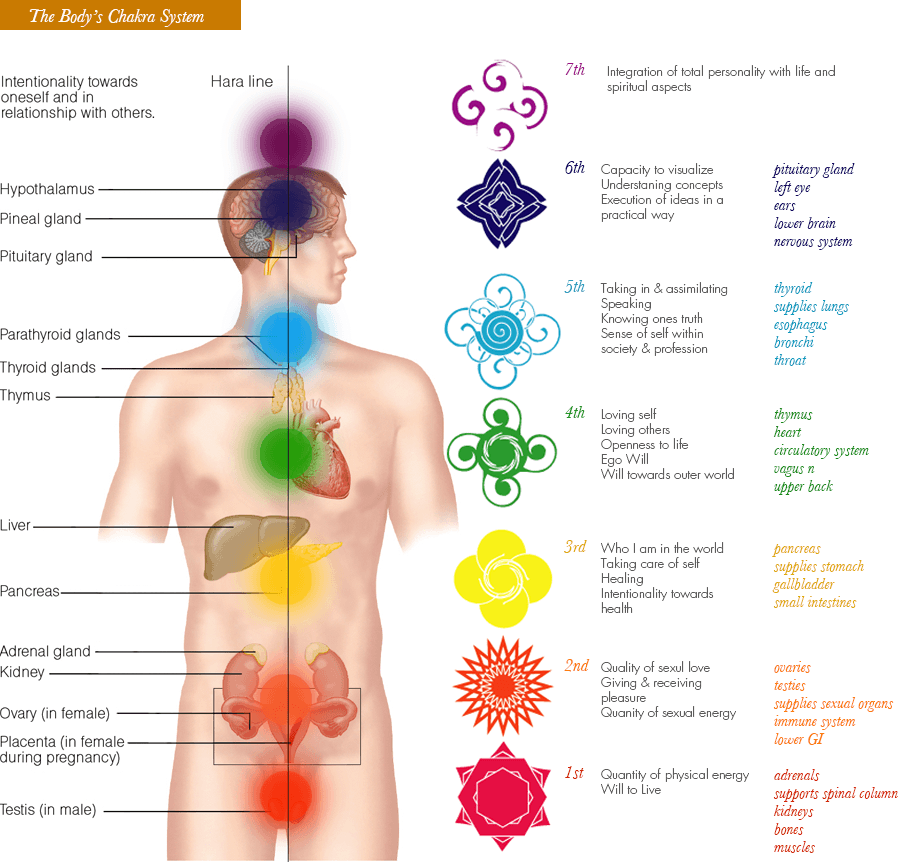
A word-based theoretical framework is of course very important for us to understand the essence of the issue, it allows us to better understand, see the big picture and navigate the subject, but it takes us very far from seeing a real person with a real psychological trauma. How can we help a person if we are based solely on abstract ideas, knowledge and theories, we are distracted from the living details of human existence?
Feelings are the most immediate reality of human existence, therefore, without a balance of verbal and non-verbal methods of psychotherapy, real psychotherapy is impossible. When we talk about the verbal aspect, about verbal psychotherapy, we are talking about only one aspect of our existence - this is the semantic aspect. But it is no secret that in trauma the semantic centers are not activated and do not participate in the processing of experience. Therefore, it is very important to include in trauma therapy such parts of experience as images, feelings and sensations, and not just ideas that distance us from the real experience of experiencing trauma.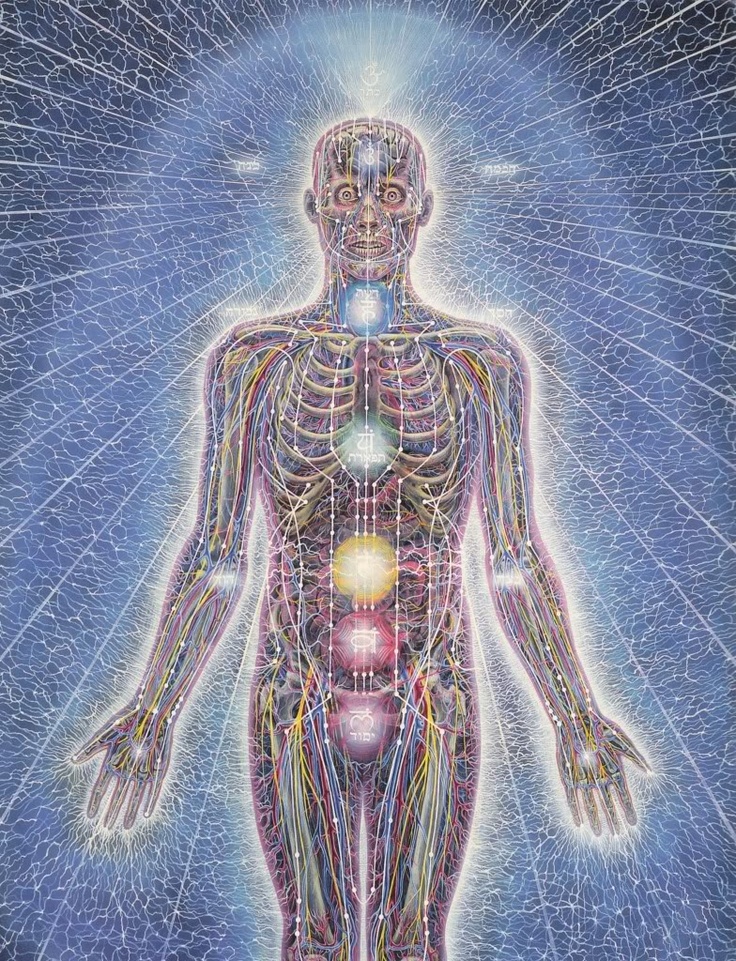
In psychotherapeutic attitudes that focus primarily on words, thinking, discussing the situation, in these attitudes we remain on the surface levels, so the trauma may not be resolved. In my experience, I often come across the fact that people come with surprise that after several years of therapy, the trauma remains. This all comes from the fact that the emphasis in their therapy was on the logical, verbal, thought process.
Absolutely no attention was paid to sensations, a holistic approach to trauma therapy, to reducing stress and restoring self-regulation functions.
The central idea of somatic experience is the idea of integration. And, as you know, it is integration that lies at the heart of our existence, our entire existence is based on this. The integration of the various parts of our experience links the various elements of our being into a functional whole. Integrating the various elements of our experience. We become more flexible, more adaptive, more adequate, we have more energy and more stability.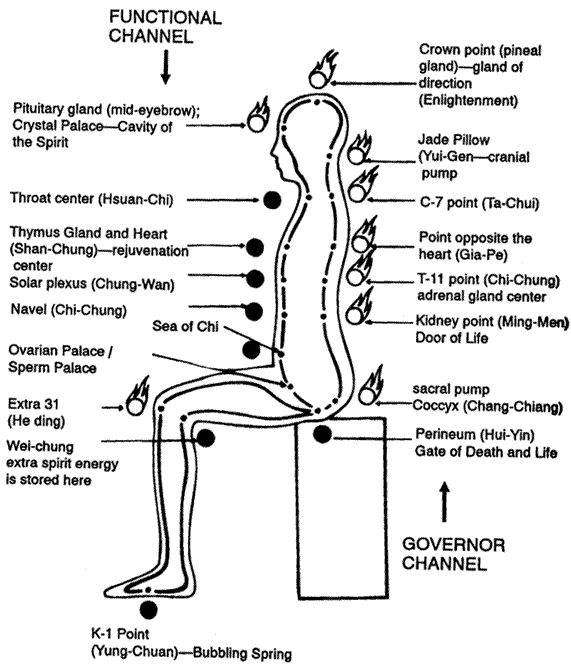 Without this integration, our stream of consciousness becomes distant from our experience. From reality, makes us more rigid, more chaotic.
Without this integration, our stream of consciousness becomes distant from our experience. From reality, makes us more rigid, more chaotic.
Therefore, trauma can only be considered in an integrative approach.
Post-traumatic states are distinguished precisely by rigidity and disorder in relationships, boundaries, in thoughts and in relationships with oneself. People in these states stop spontaneously reacting to circumstances and act according to patterns that preserve their energy and protect them from events that are dangerous from their point of view: limit social connections, interfere with risk and creativity.
By means of combining, linking, integrating the various parts of our experience within our perception, awareness, we develop greater coherence and harmony in our activity, link the work of our hemispheres. And thus, we have a greater awareness of what we are doing. Mindfulness, in turn, starts the process of self-healing, which is blocked after trauma.
The process of self-healing is our natural ability, it is important to release this process and give it the opportunity to influence us. This is the goal of trauma therapy, to start the processes of self-regulation and self-healing. By doing so, we release a free flow of energy within our body.
This, of course, affects both the quality of our life and the quality of our mental activity.
Restoring the process of self-perception, a person restores not only the freedom of his body, not only releases his muscles, but all this affects his behavior, the functioning of internal organs, interaction with other people, his activity. Thus, his consciousness becomes more open and accepting, if you like, more loving and warm, which naturally cannot but affect the quality of a person's life and his destiny.
Therefore, another feature of somatic therapy is empathic communication, that is, the entire psychotherapeutic process is built on a relationship of trust and respect.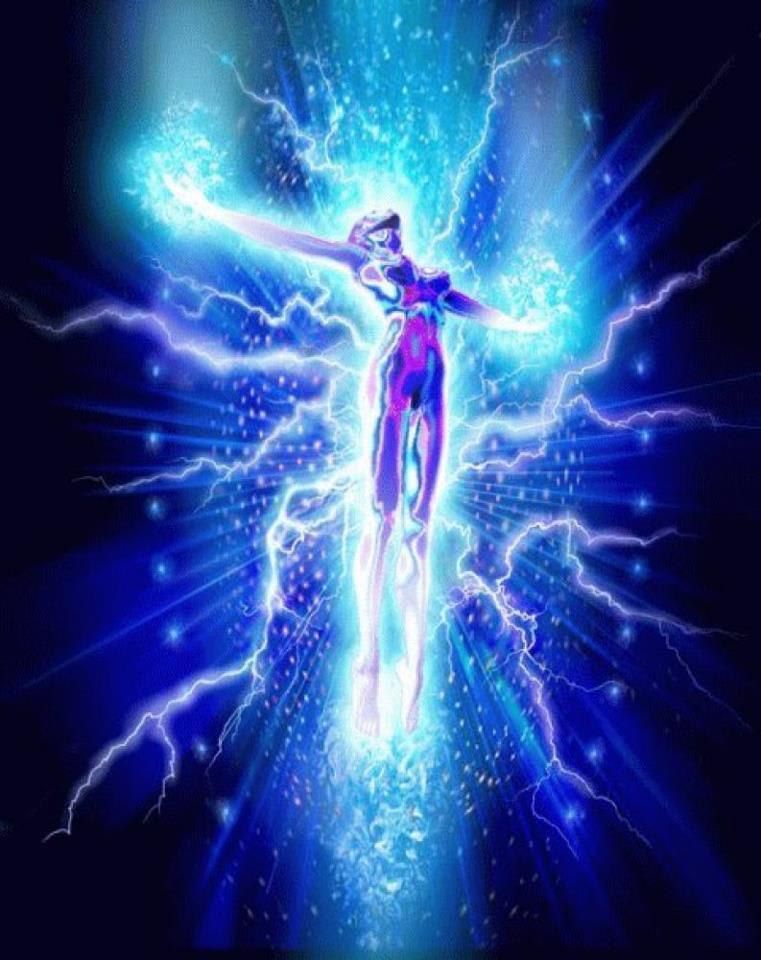 This is very important, because any work with the body in psychotherapy involves a fairly high, critical level of intimacy between the therapist and the client. It is because of this that the awakening body awakens our consciousness, following the wisdom of the body awakens mental wisdom.
This is very important, because any work with the body in psychotherapy involves a fairly high, critical level of intimacy between the therapist and the client. It is because of this that the awakening body awakens our consciousness, following the wisdom of the body awakens mental wisdom.
Thus, the fundamental principle of somatic therapy is addressing the body simultaneously with a general awareness of oneself in the "here and now" and through the integration of various parts of experience. Through this principle, healing becomes possible.
Through this accepting awareness, opening, nonjudgmental attention, exploratory attitude towards life, our consciousness can move from chaos and rigidity to coordinated functioning with the body. Such awareness of one’s body, or somatic experience, can immerse a person in archetypal states of self-healing, fullness of energy, activity, without including those usual psychological defense mechanisms that interfere with experience and interfere with a person’s inclusion in life, interfere with spontaneous response to circumstances.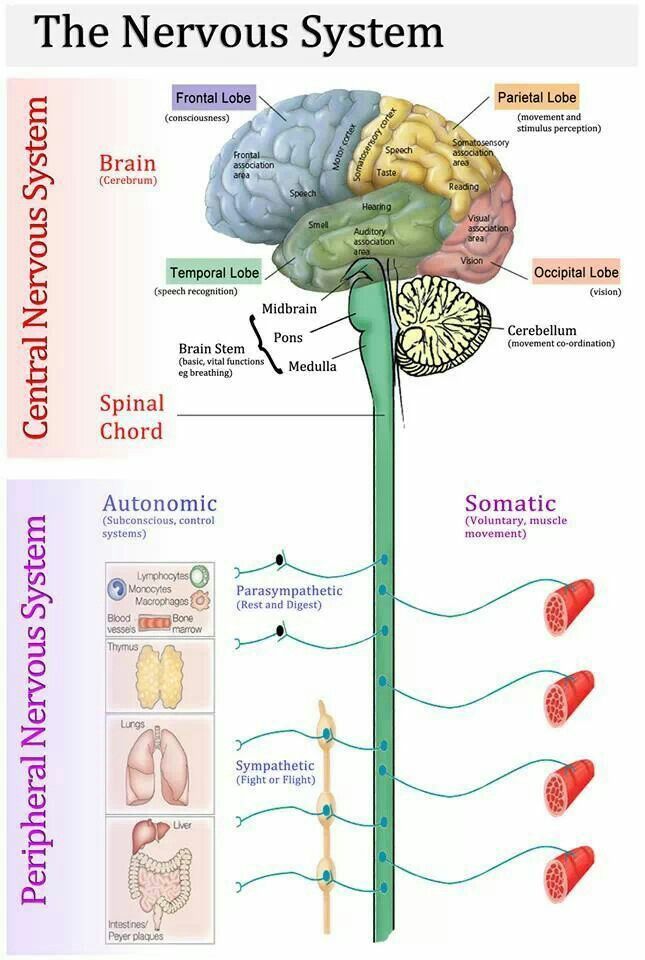
Moreover, thinking with its defense mechanisms often simply cannot realize the somatic state, cannot realize feelings and needs, since they are very closely connected with sensations.
Recently, we have forgotten this most important factor in human well-being and health - the relationship of bodily sensations, physical condition and psychological health. Fortunately, modern science has again turned to the central role of the body in creating emotions and meanings, and therefore needs, because it is the body that is the source of all this. It is the body that resonates with our emotional state and reflects it, so it would be completely unfair to forget that our psyche is corporeal.
These aspects are taken into account by somatic therapy, therefore the focus of its work is the so-called somatic consciousness, the integration of all elements of human experience. This is a very good practical, effective tool in healing trauma.
Excerpt from the book Step Out of the Past.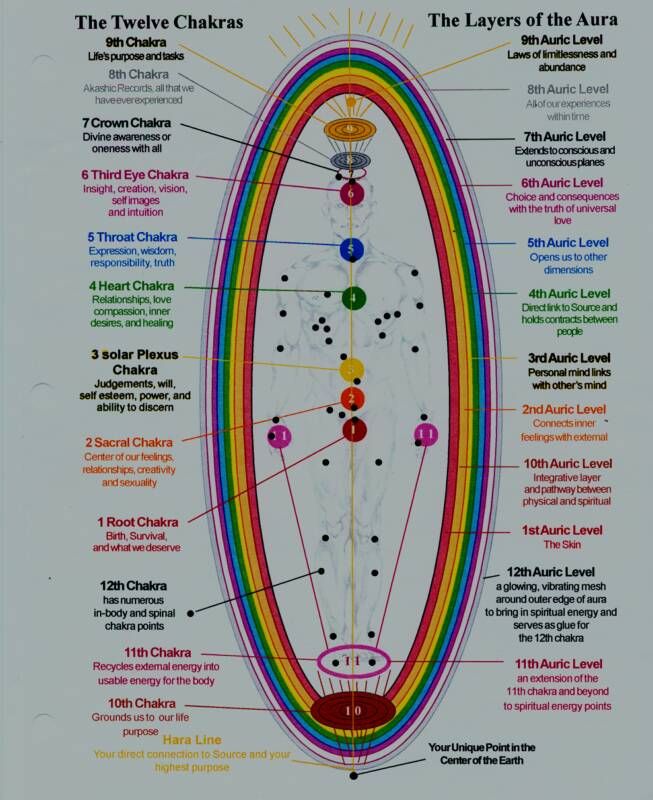 Trauma Psychotherapy Manual
Trauma Psychotherapy Manual
Author: Sviridkina Tatyana Leonidovna
Back
Read online Chakras. 7 Keys to Awakening and Healing the Energy Body, Anodea Judith - Litres
Anodea Judith: CHAKRAS: Seven Keys to Awakening and Healing the Energy Body (Hay House Basics)
CHAKRAS Copyright © 2016 by Anodea Judith
Originally published in 2016 by Hay House UK Ltd.
© Bazhalkina N., translated into Russian, 2017
© Design. LLC Eksmo Publishing House, 2018
We are all moving somewhere according to our desires. Someone wants to be cured of the disease, and someone wants to find out what is the meaning of life and unravel its deep secrets. Not everything is easy and simple, and ups are often followed by downs. It happens that we don’t even notice how we go off the road, and when we come to our senses, we ask ourselves: “Where am I followed ?
Agree, it would be nice to have some guide or at least a map.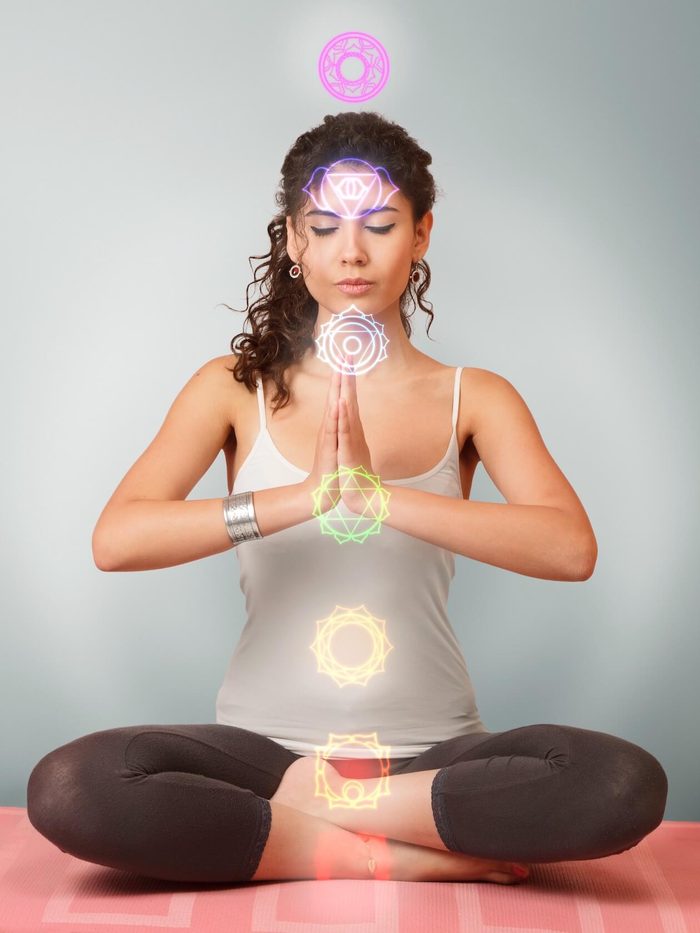
The chakra system is the same guide, a map of our journey through life . It is based on seven energy centers that rotate and act like a motor that drives a car. If you study this system, then it will help you not only better understand your life, but also fill it with meaning and paint it with all the colors of the rainbow.
Look around. Listen. Life is in full swing: people rush about their business, children play and laugh, crickets chirp in the garden, leaves rustle in the wind - all this happens thanks to the powerful life force, the energy that is present in every creation of nature.
It exists in any cell, it makes the muscles move and the brain thinks. Our body consists of 30 trillion cells, and all of them are united by an invisible structure that makes us who we are day after day, year after year. This is the structure of our soul .
Deep, deep inside her, seven beautiful gems shimmer in different colors. They are called sacred centers of transformation, steps that must be overcome if one seeks healing and awakening.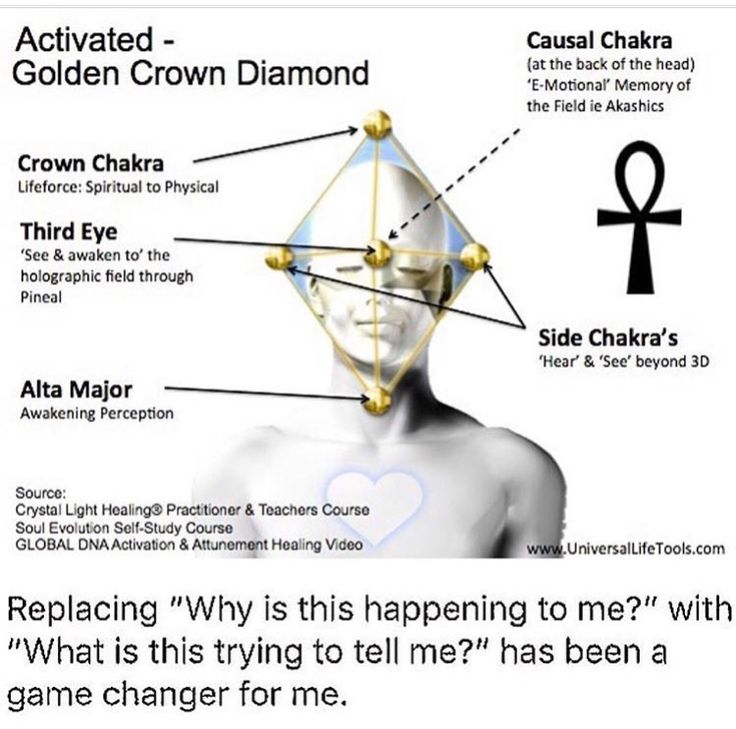 Each center is a clot of energy, "chakra" (translated as "wheel" or "disk" ). These luminous balls of energy are strung like beads on an invisible rod that runs inside a person from the tailbone to the top of the head.
Each center is a clot of energy, "chakra" (translated as "wheel" or "disk" ). These luminous balls of energy are strung like beads on an invisible rod that runs inside a person from the tailbone to the top of the head.
So, welcome to the wonderful world of the chakra system. Its seven main energy centers are located along the spine and constantly interact with each other. Having well studied the tasks of each chakra, one can achieve harmony and integrity.
The chakra system can be represented in different ways, depending on where the observer is looking. From the bottom up, it symbolizes the ladder to freedom. Climbing it, you can step by step, chakra by chakra, get rid of limiting patterns and gain even greater personal freedom. If you look from top to bottom, then the seven chakras represent the path to materialization : dreams gradually come true, ideas take on material form.
As for humanity as a whole, it is proposed a transformation model to achieve a higher level of consciousness.
The knowledge that the chakra system conceals is inexhaustible. They will help you maintain and develop relationships with others, raise children, and make the right decisions. You will be able to avoid contradictions between mind and body, spiritual and corporeal, heavenly and earthly, and bring all the elements to unity. And most importantly, you will be able to dive very deep into the place that I call the temple of the soul, where the soul connects with the highest source of energy.
The chakras work best when they are positioned strictly vertically, a short distance in front of the spine. Through this channel, life energy moves up and down very easily. And since the perfect balance of the chakras requires considerable experience in working on yourself, we will now describe to you a simple exercise that allows you to build the chakras in one line. You just need to imagine how your roots go deep into the ground, and the crown stretches high up. If you do this exercise regularly, you will always keep your inner axis vertical. And then the energy of each chakra will freely flow up or down the life channel.
And then the energy of each chakra will freely flow up or down the life channel.
Exercise: Roots in the ground, crown in the sky
• Wherever you are and whatever you are doing - sitting at the computer or having dinner, getting ready to start the car or setting yourself up for meditation - check if your spine is stretched . As soon as you are seated, imagine the coccyx—the part of the spine that curves down like the remnant of a small tail—pressing gently against the back of the seat.
• At the same time, visualize your hips expanding slightly and your lower body expanding like at the base of a tree rooted in the ground.
• Concentrating on this sensation, press your buttocks firmly against the seat and imagine roots coming out of the base of your spine and pulling your lower body down into the ground.
• Inhale deeply. As you exhale, relax and let go of all thoughts so that they flow down the roots. Through your feet, connect with the place where you are now - with its space, its essence and the surface on which you stand.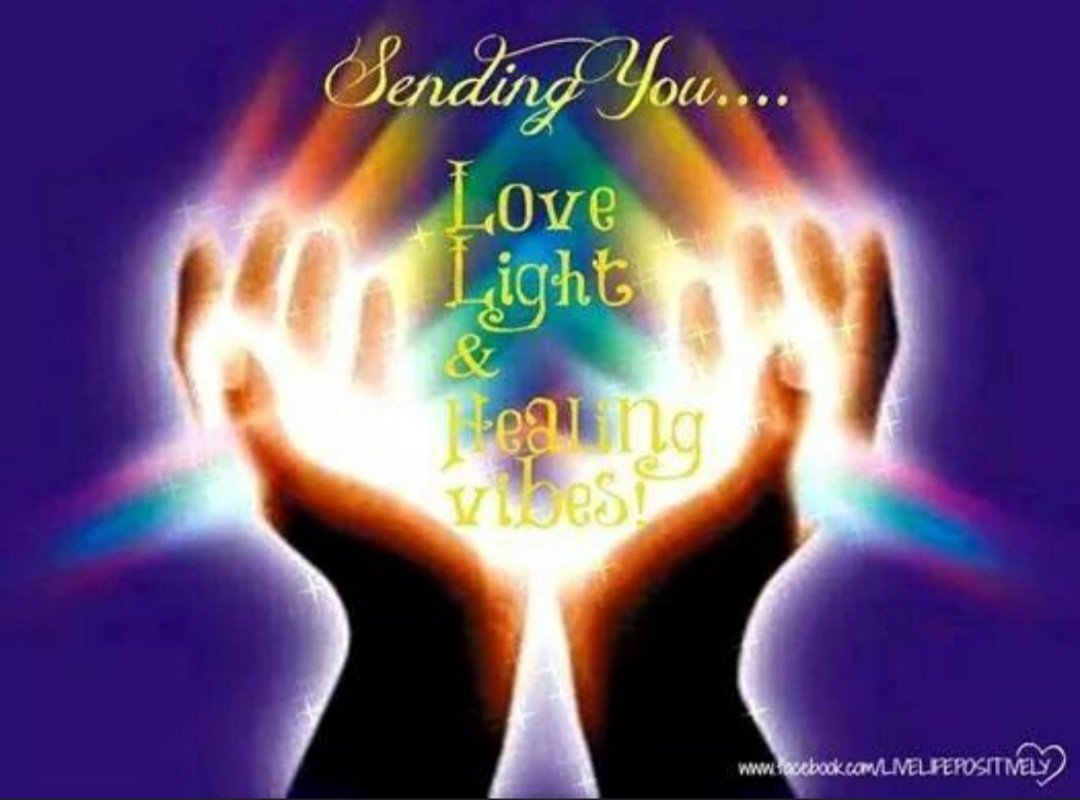
• When you feel firmly connected to the earth, reach up to the crown chakra at the top of your head. Make sure your roots are still firmly planted in the ground as you extend your spine in the opposite direction.
• Now visualize the seven chakras as glowing gems strung on a central axis running from the crown to the base. Mentally move the crown and root chakra apart and watch the axis straighten and the chakras line up.
• Sing "I" to yourself ( Eng. "I" - translator's note ), as if this letter represents your inner core.
• And remember to keep your axle upright as you read this book.
My Path to Discovery
I have been successfully working with the chakra system for forty years now. During this time, I managed to cure many people: men and women, old and young, representatives of various nations, religions and sexual preferences. My experience was enough to write several books that became very popular in many countries. For more than thirty years I have been giving master classes and trainings all over the world. I studied with famous mentors, but the main and best teachers for me were my own students and clients.
For more than thirty years I have been giving master classes and trainings all over the world. I studied with famous mentors, but the main and best teachers for me were my own students and clients.
In 1975 I discovered yoga and began to study everything connected with the spiritual principle and metaphysics. I got a degree in psychology, but I didn't like the standard theories of the day. I just couldn't accept the fact that personality can be studied in a lab and experimented with to predict its behavior. Each person seemed to me unique in its beauty, with its own advantages and disadvantages. Passion for psychology became creativity for me - I was looking for the elusive essence that drives us. I wanted to find a theory that would explain both the similarity and the uniqueness of each.
What I knew about spirituality did not suit me, because all these teachings did not consider a person as a whole. I could not agree that we all came into this world to renounce earthly things. Does everyday life mean nothing, but only spiritual enlightenment is important, which only a few can achieve? I thought that I didn’t lose my spirituality even when I didn’t meditate, but healed people, walked in nature, raised children, worked in the garden or cooked food.
Does everyday life mean nothing, but only spiritual enlightenment is important, which only a few can achieve? I thought that I didn’t lose my spirituality even when I didn’t meditate, but healed people, walked in nature, raised children, worked in the garden or cooked food.
When I first learned about the chakra system, I did not hide my skepticism. Why reduce the activity of the three lower, “negative” chakras in order to achieve some kind of enlightenment at a time when people around were suffering, trying to get away from the earthly and bodily. I did not accept a philosophy that denied the body - a magnificent earthly gift - and the mighty force that gave birth to life. However, I realized that there is a divine energy pervading everywhere. Some time ago, when I was 21 years old, I learned about TM (transcendental meditation). I just loved to meditate and spent a lot of time on it every day. Sometimes I meditated for two hours a day, and allotted only four for a night's sleep.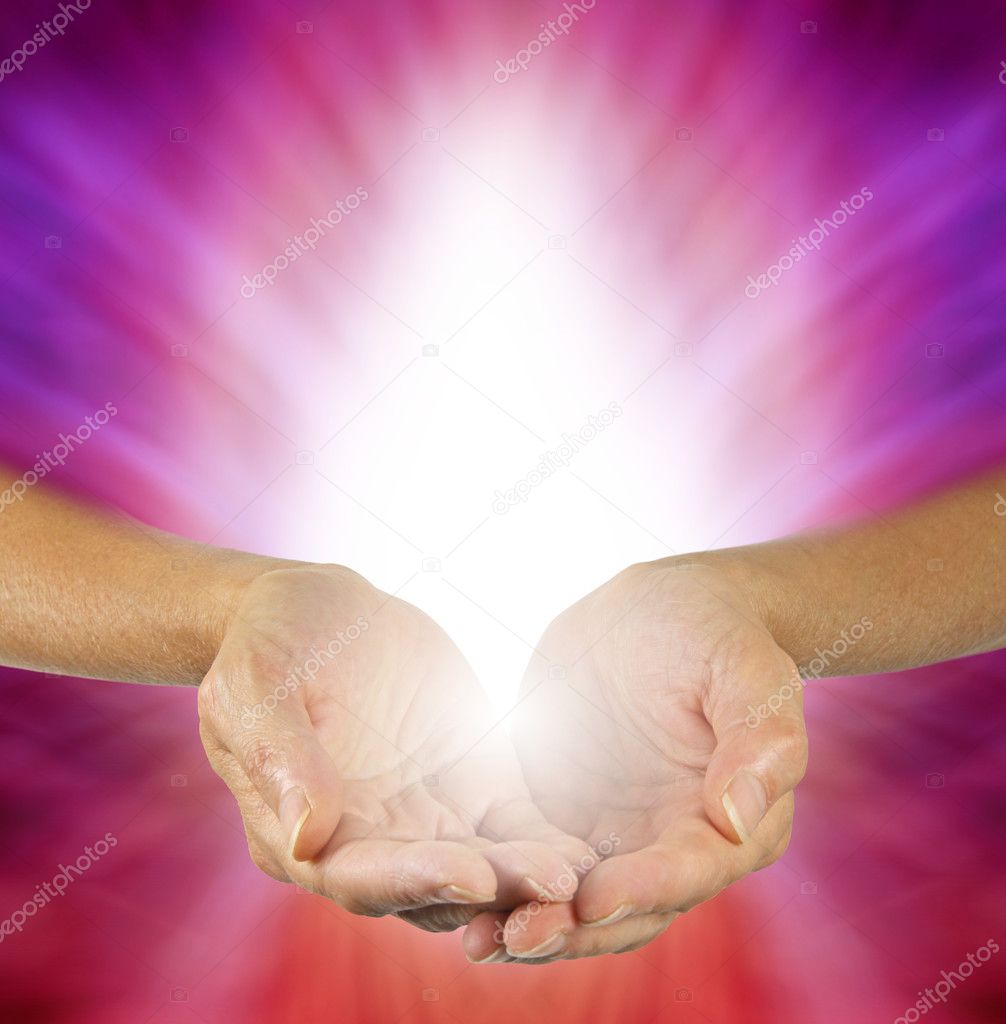
Most of all I was attracted to work with consciousness. What could be done and what should be avoided? How to expand consciousness through yoga and meditation, understanding and immersion? I even tried psychotropic substances, and they actually showed me the miracles that the consciousness hides, albeit very little and not for long. To enter this door, you need a constant spiritual practice, which yogis call sadhana .
I fell in love with TM very much, and then yoga, and gradually moved on to a special diet and exercise. By this time, I began to notice how much my consciousness had changed. The colors became brighter, my soul became lighter, and I decided that my calling was to to return the ancient chakra system to the modern world as a map that will help people reach a new level of development.
Of course, what I am doing is just a drop in the ocean, but I believe that with the help of this map I can show the way both to an individual and to entire nations.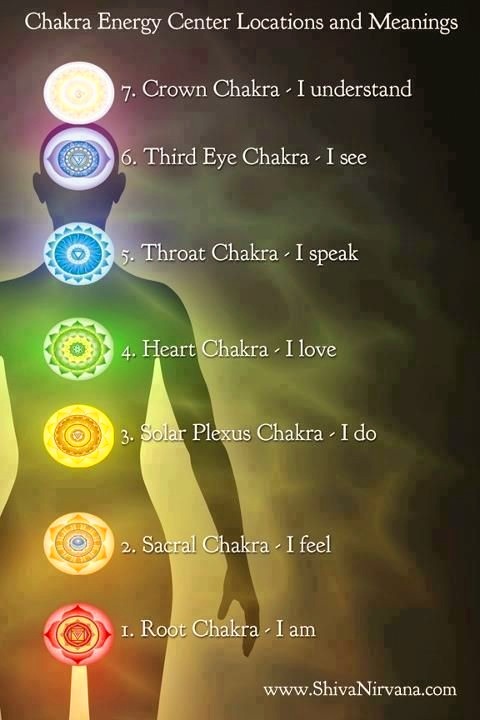 It will bring us back to unity and tell us how to improve the life of each and every civilization.
It will bring us back to unity and tell us how to improve the life of each and every civilization.
I viewed this complex system from all sides: both as a window into a person's soul and as a lens through which one can observe the world around. I saw how it affects people's lives and how, in this difficult time for our planet, it can change us and lead us into a world of awareness and value, help us move from the third chakra to the fourth - from love to power to the power of love. And when we change our own life, we thereby force the whole society to change as a whole.
I came to this through various paths as a somatic psychotherapist, yoga instructor, body practitioner, historian, and evolutionary philosopher. I have always liked treating people and observing changes in society, as well as finding commonalities between different cultures and their individual representatives. All this has allowed me to achieve perfection in my work over the past forty years. I believe that the chakra system is able to fulfill any desire and show our hidden abilities. In itself, this teaching is not a religion. But since it is universal, representatives of any faith can use it. The chakra system contains important keys to our subconscious, that is, programs that control feelings, thoughts and behavior.
In itself, this teaching is not a religion. But since it is universal, representatives of any faith can use it. The chakra system contains important keys to our subconscious, that is, programs that control feelings, thoughts and behavior.
Through my background as a somatic psychotherapist and yoga instructor, I know a lot about how the psychology of the inner world is combined with physical practices and spiritual awakening. I believe that these aspects of our personality cannot be dealt with in isolation. We cannot awaken the spiritual principle until we heal the spiritual wounds; but we cannot even consider the treatment successful until we achieve spiritual awakening. It is also necessary to consider how the body affects thoughts and feelings, and the mind and emotions affect physical health. The beauty of the chakra system is that it brings it all together. It does not deny anything, but clearly indicates the path to freedom.
How the chakra system appeared
My very first visit to India made an indelible impression on me.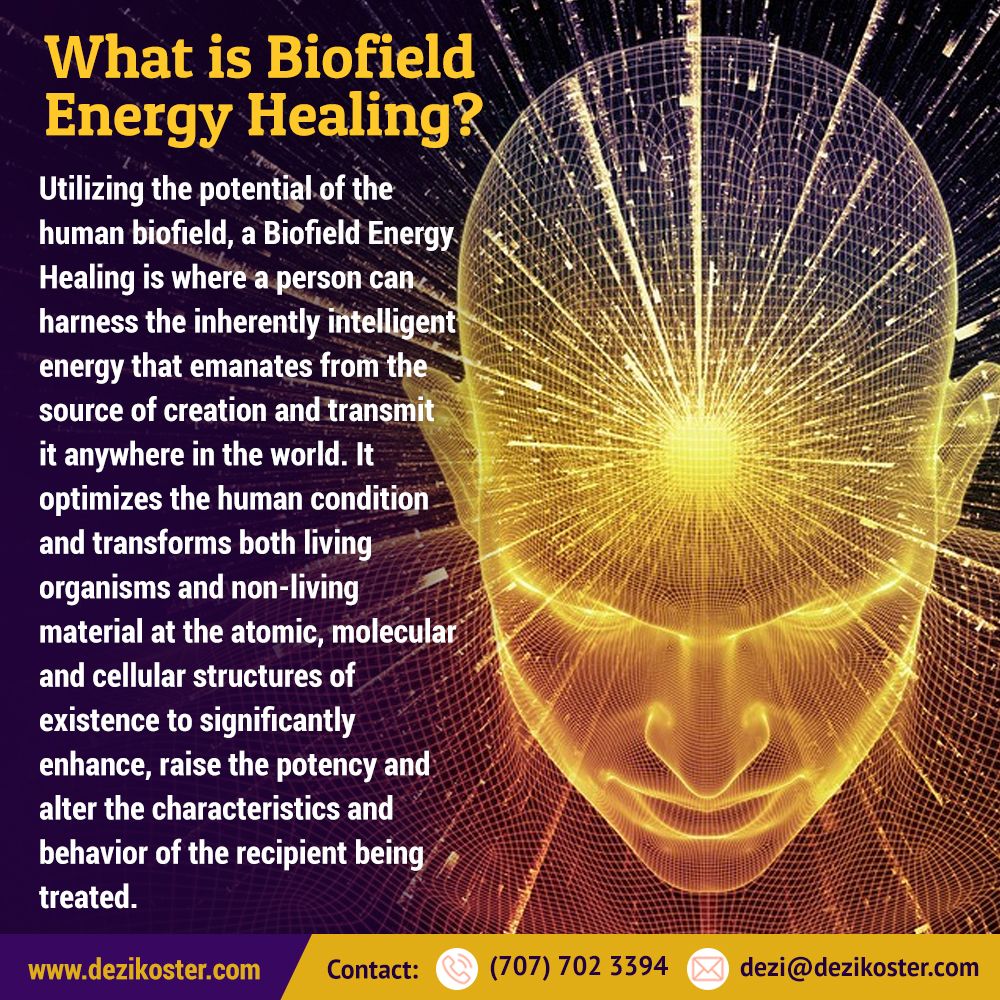 As soon as I got off the plane, my senses almost went crazy with so many stimuli around. The scent of exotic spices wafted through the smell of car exhaust and rotting garbage. The bright colors of saris, flowers and fabrics in the marketplace mixed in my eyes into one motley picture. I was surrounded by the noise of endless traffic, through which small merchants of all sorts shouted, trucks honked, motorcycles roared, chickens clucked, cows lowed and dogs barked. Life boiled in every particle of this chaos, and it was impossible to throw anything out of the cacophony of sounds. Everything seemed to be begging for one thing: immediately touch, touch, feel me and fill every chakra with me! It was a land of great beauty and deep spiritual wisdom, paradoxically combined with terrible filth and poverty.
As soon as I got off the plane, my senses almost went crazy with so many stimuli around. The scent of exotic spices wafted through the smell of car exhaust and rotting garbage. The bright colors of saris, flowers and fabrics in the marketplace mixed in my eyes into one motley picture. I was surrounded by the noise of endless traffic, through which small merchants of all sorts shouted, trucks honked, motorcycles roared, chickens clucked, cows lowed and dogs barked. Life boiled in every particle of this chaos, and it was impossible to throw anything out of the cacophony of sounds. Everything seemed to be begging for one thing: immediately touch, touch, feel me and fill every chakra with me! It was a land of great beauty and deep spiritual wisdom, paradoxically combined with terrible filth and poverty.
The chakra system originated in India largely due to yoga. It is difficult to determine exactly where its origins are, because, most likely, the essence of the system was passed down orally from generation to generation and long before the locals learned to read and write.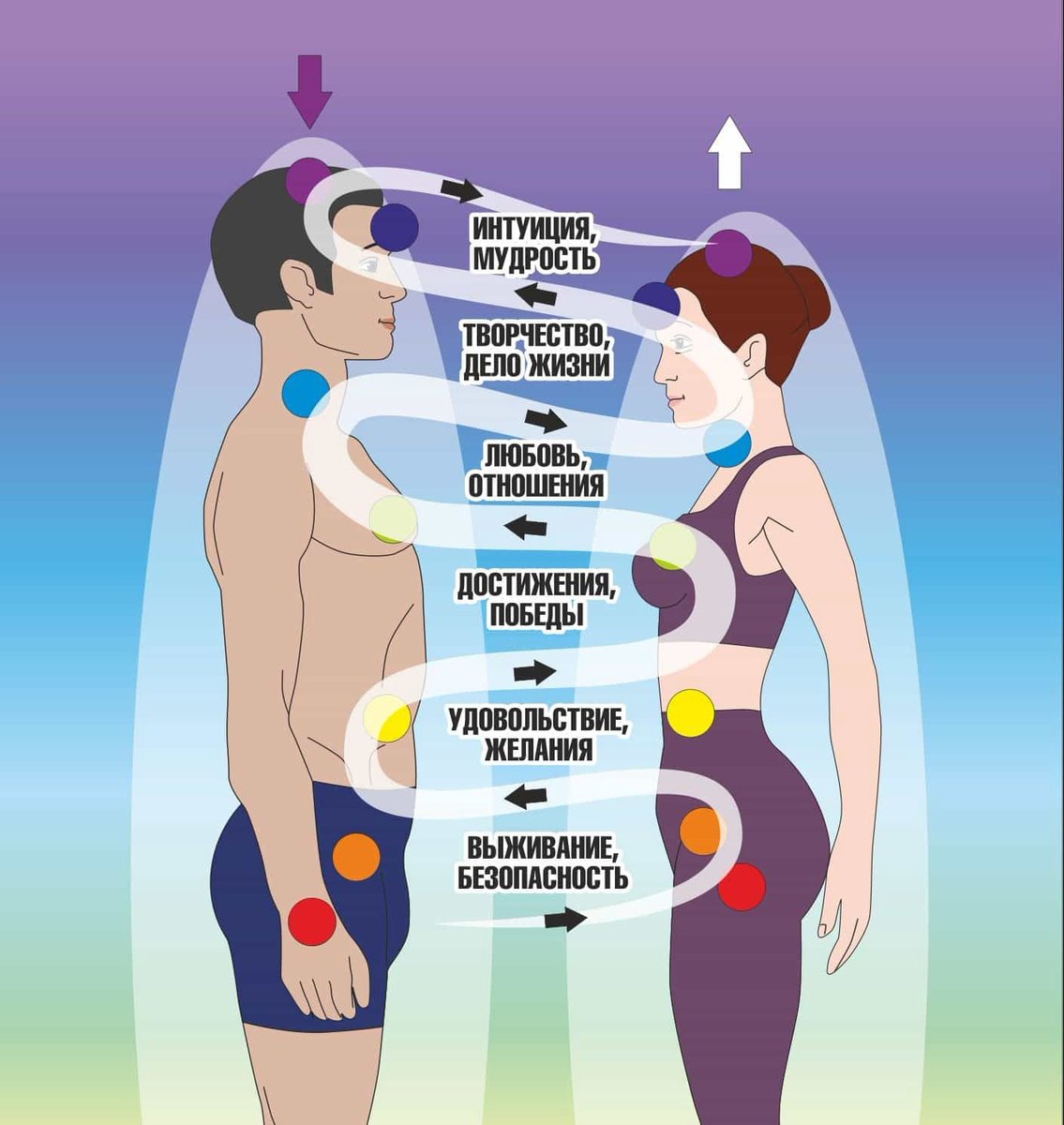 Esoteric texts on the chakras date back to about the tenth century AD. This is the period of dominance of the philosophy of Tantric yoga, and it lasted from about 500 to 1200 BC. n. e.
Esoteric texts on the chakras date back to about the tenth century AD. This is the period of dominance of the philosophy of Tantric yoga, and it lasted from about 500 to 1200 BC. n. e.
In the West, tantra is considered to be mainly connected with sexuality, while the tantric teaching of India combines many philosophical currents, and sexuality occupies only a small part of them. The essence of the teachings of tantra lies in the connection of the original polarities: mind - body, bottom - top, inside - outside. Particular attention is paid to the divine unity of the feminine and masculine, which is embodied in the god Shiva, pure consciousness, and in the goddess Shakti, the primordial energy that created the world around us. Shiva and Shakti permeate all the chakras of the system and unite in their infinite love that lives in the heart.
The word "tantra" is also translated as "loom". When working on a loom, the thread is stretched from one edge to the other and each time clings to the opposite side.
